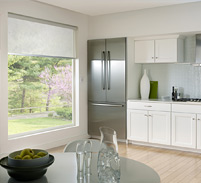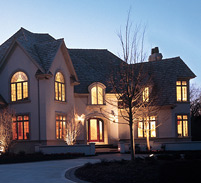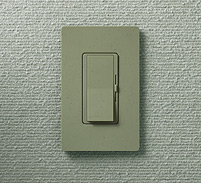Quality lighting is an important aspect of our daily life, and is often taken for granted. Light control is the ability to regulate the level and quality of light in a given space for specific tasks or situations. Controlling light properly not only enhances the experience, it helps to save energy by using light when and where it is needed most.
Daylight Harvesting

In addition to managing electric light, regulating the amount of daylight that enters a space is an important aspect of light control. By using shades in conjunction with dimmers, Lutron systems can create the perfect balance between the two sources of light to save energy and create an inviting environment. Dimming modifies the quantity of electric lights, which in turn are complimented by the proper shade fabric and control that filters daylight. Together they save energy while providing the right amount of light for specific tasks or situations.
Total Light Control

True light control reaches further than shading and dimmers. Lutron light management systems and equipment can make lighting a vibrant and vital part of any space. Daylight sensors, for example, can automatically adjust shades and overhead lights to maintain the perfect look throughout the day, while occupancy sensors can ensure that lights are never left on when a room is not in use.
|

No comments:
Post a Comment